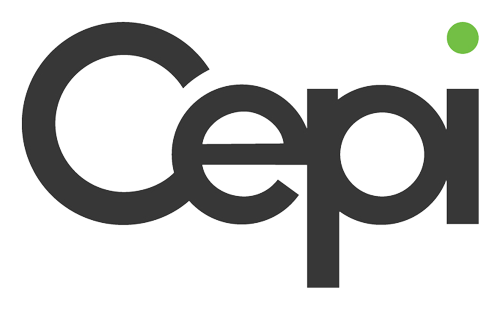

The European forest fibre and paper industry’s vision of 80% decarbonisation combined with 50% value added until 2050 is realistic if the right conditions are created.
We need a shared vision in order to build a vibrant, low-carbon bioeconomy and accelerate industry transformation.
By achieving our 2050 vision we can become the European hub for the bio-based economy, integrating wood fibre, bio-based products and novel recycling.
The many challenges will be technical, material and financial, but also political and emotional. Leveraging investments and accessing raw materials are two cornerstones of industry’s competitiveness.
Industry has increased investment from 3.5 billion in 2010 to more than 5.5 billion in 2023. However, in order to reach our vision, we need to keep this trend on track.
About half of the additional investments are needed to ensure that we can deliver on our ambition to decarbonise. The other half is needed to innovate and develop new bio-based products and services.
EU regulation can play an important role in transforming industry but must be aligned, as outlined in our 2050 Investment Roadmap, to allow the appropriate conditions for investment.
A European Commission real-time study on our industry, released in November 2016, indicated that over the past 10 years, direct regulatory costs have more than tripled, whilst on average direct and ETS-related indirect regulatory costs have absorbed more than 40% of the industry’s annual profitability since 2004.
We are an industry that is capital-intensive and operates on long-term investment strategies the average age of our production equipment is between 15 and 30 years therefore regulatory certainty that takes account of investment cycles is crucial.
The European industry has already started the transformation by changing its fuel mix, producing bioenergy and reusing residue flows.
New product properties are being developed, part of a constant process of innovation within the industry. New functions are added and, further along, new products and services introduced. A range of new companies and activities could grow out of today’s industry entering new business models and markets.
Companies are evolving and transforming. Those that produce wood, paper and board packaging are selling smart packaging concepts and services. Paper-based hygiene producers are fully part of the healthcare sector, using their value chain to provide solutions for an ageing society. Graphic paper producers contribute to an information industry in which paper and IT solutions are combined. Mills are developing into recycling, waste and energy hubs that support nearby towns and cities.
The industry will become a springboard for diverse products and industries, multiplying the use and application of fibre-based insulation materials, nanocellulose, bio-composites, biochemicals and food additives, among others.
Click here to learn more about our 2050 Roadmap to a low-carbon bioeconomy: Investing in Europe for Industry Transformation.
Source: Eurostat/ICF/RISI/CEPI 2016
Direct Emissions
Purchased Electricity
Transport
Source: GAIA 2016
16 July 2020